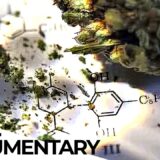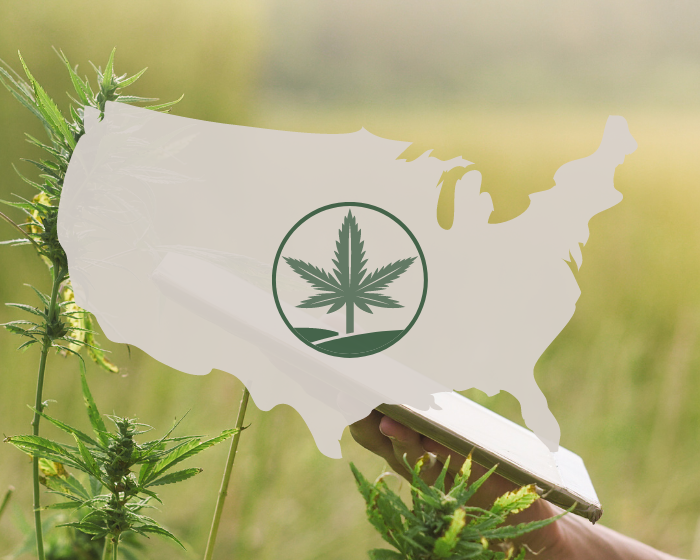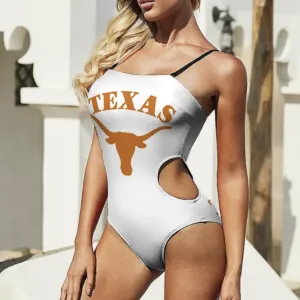In February, the U.S. Department of Agriculture released results of a hemp farming survey, done in late 2021.
They looked at how much hemp was planted and harvested, and whether it was for grain, flower, or fiber. They also asked about race, gender, whether farming was the grower’s primary job, and when they started farming.
Here’s what they found.
The vast majority of hemp farmers are white.
- 90% of hemp growers are white
- 6% are Black
- 2% are mixed race
- 1% are Indigenous
- 1% are of Asian heritage
For an industry that’s trying to be racially inclusive, we’ve got a long way to go on this one. Yes, growing is only one part of the equation. And as Hemp Industry Daily pointed out, hemp farmers “skew younger and more diverse than producers of other crops.” Still.
Most hemp growers are men.
- 82% of growers identify as male
- 18% as female
Many fall between the ages of 35 and 54.
- 1% under 25
- 11% are 25 – 34
- 26% are 35 – 44
- 25% are 45 – 54
- 20% are 55 – 64
- 14% are 65 – 74
- 3% are 75+
About half call farming their primary profession.
- 52% cited farming as their main profession
Most are new to farming.
- 32% have been farming 11 years or more
- 10% have been farming 6-10 years
- 58% started in the last 5 years
Open Fields vs. Protected
The vast majority of hemp, about 86% when broken down by value, is grown in open-air fields. The other 14% is grown under protection.
Nationwide:
- 54,152 acres were planted in the open
- 33,480 acres were harvested
- That’s $712,188,000 worth of field-grown hemp
Highlights By State
Acreage — Hemp Grown in Open Fields
- Colorado: 10,100 planted; 3,100 harvested
- Montana 7,900 planted; 4,500 harvested
- Oklahoma 2,800 planted; 275 harvested
- Texas 2,800 planted; 1,070 harvested
- California 2,650 planted; 2,250 harvested
- Minnesota 2,650 planted; 2,300 harvested
Utah, California, Oregon, Colorado, Kentucky
Hemp flower can be sold unprocessed, but is also used to for extracts including CBD and delta-8 THC. The USDA estimated the national average sale prices last year was $39.60 per pound.
Who’s Growing for Grain?
Regionally, the Northwest and Midwest, especially west of the Mississippi.
National average sales price: $1.51 per pound.
Who’s Growing for Fiber?
Montana, North Carolina, Missouri, Oregon
National average sales price: $1.50 per pound.
Who’s Growing for Seed?
Regionally, the Southwest
Report Will Serve as a Baseline
Hubert Hamer, administrator of the National Agricultural Statistics Service, said the report would help everyone from growers to regulatory agencies get the kind of information they need to guide decisions.
“Not only will these data guide USDA agencies in their support of domestic hemp production,” Hamer said in a news release, “the results can also help inform producers’ decisions about growing, harvesting, and selling hemp as well as the type of hemp they decide to produce. The survey results may also impact policy decisions about the hemp industry.”
Would the Industry Benefit from Changes in Federal Regulation?
Reporting on the survey for Marijuana Moment, Kyle Jaeger wrote that industry stakeholders said the data indicated a decline in hemp production, demonstrating the need for federal rule making.
“Stakeholders maintain that this segment of the hemp economy could be significantly bolstered with certain federal reforms, including the passage of a newly filed bill from Rep. Chellie Pingree (D-ME),” Jaeger wrote. “The lack of federal regulations around marketing hemp-derived cannabinoid products could also be inhibiting the flower-based hemp market.”
The National Agricultural Statistics Service tweeted that they’ll likely conduct the survey annually, but it will depend on funding.




















